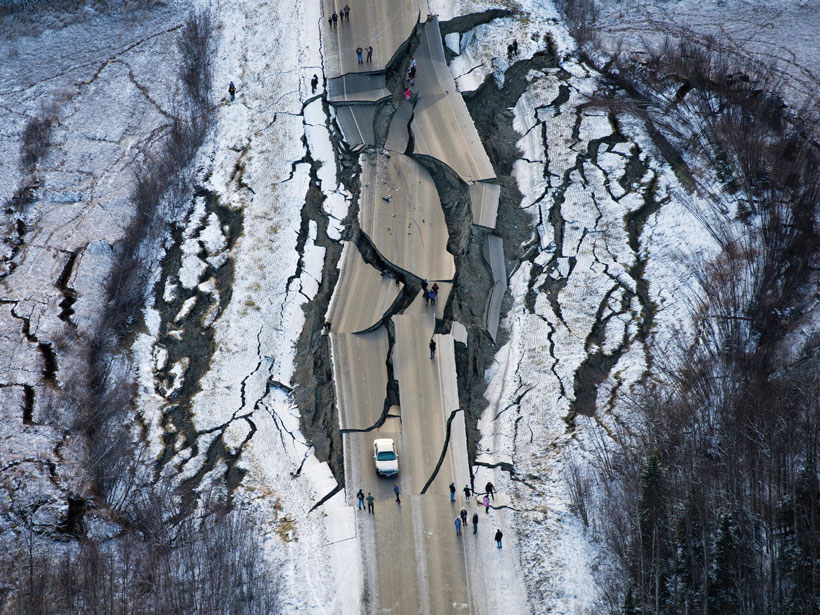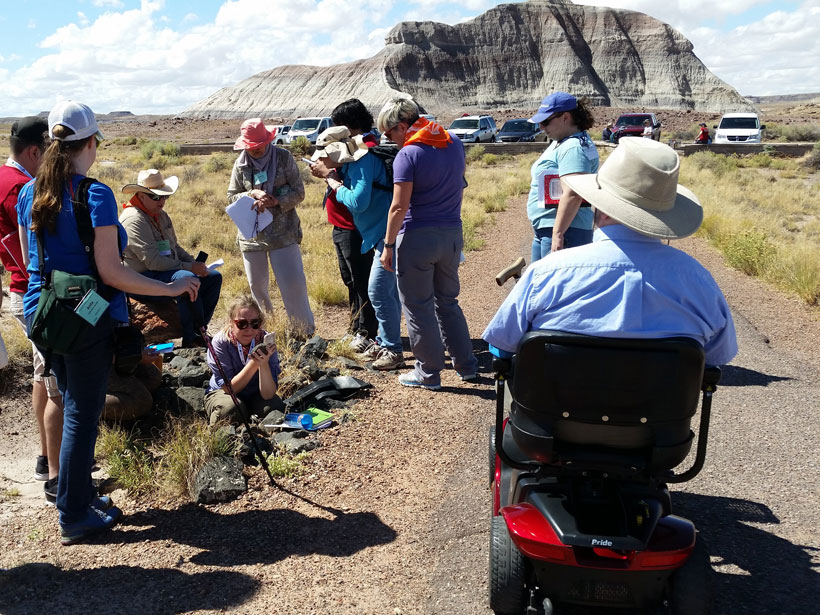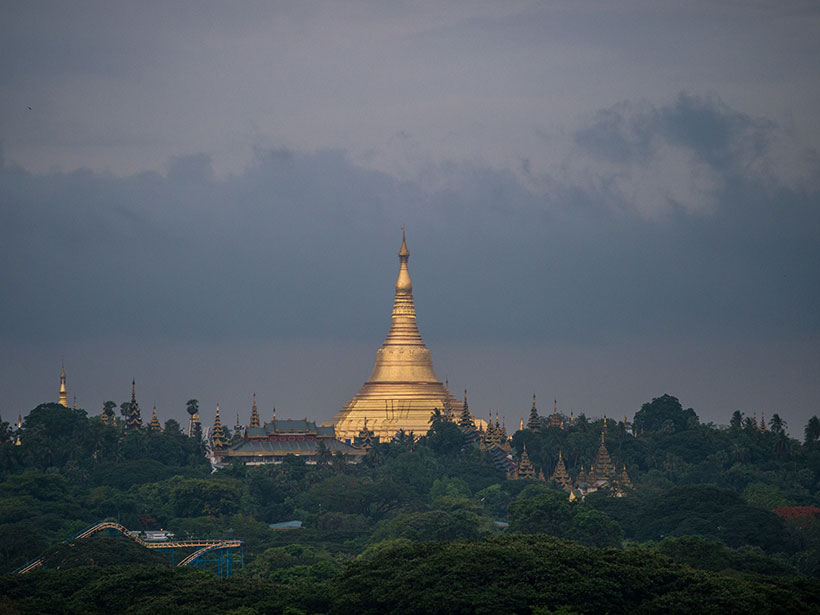A new study employs a method originally developed to help map stars and galaxies to describe how ancient tombs are clustered. The research helps archaeologists studying remote or inaccessible sites.
Richard J. Sima
Richard Sima is a science writer based in Baltimore, Md. He covers the environmental and life sciences and has written for Eos, Scientific American, Discover, and elsewhere. He has a Ph.D. in neuroscience from Johns Hopkins University and an undergraduate degree in neurobiology from Harvard College.
A New Tool May Make Geological Microscopy Data More Accessible
PiAutoStage can automatically digitize and send microscope samples to students and researchers on the cheap and from a distance.
Rising Sea Levels Bring a Tidal Change to Tourism
A series of industry posters reimagines iconic locales in light of sea level rise and issues a call for action against climate change.
Where Do People Fit into a Global Hazard Model?
By incorporating human systems, scientists are modeling geohazards with equity in mind.
Drought, Not War, Felled Some Ancient Asian Civilizations
Radiocarbon dating, luminescent sand grains, and climate records point to drought as the reason for the civilizations’ demise.
Protected Areas Are Not Safe from Climate Change
A new study showing the most vulnerable protected areas—the poles and the subtropics—could help prioritize their care.
Mentorship During a Pandemic: Transitions from Lab and Sea to Virtual
With mentorship having gone virtual this past summer, three geosciences programs offer case studies about how to form meaningful connections during a time of social distancing.
Accessibility and Fieldwork in the Time of Coronavirus
Fieldwork in the geosciences is increasingly relying on groundwork laid by accessibility advocates.
A Golden Opportunity to Save Shwedagon Pagoda’s Acclaimed Dome
The dome is replaced every 5 years, and researchers are studying how to make the gold more durable.
El Agua Subterránea es la “Conexión Occulta” Entre la Tierra y el Océano
La importancia del agua subterránea dulce para los ecosistemas costeros es revelada utilizando el primer modelo numérico a escala global.










